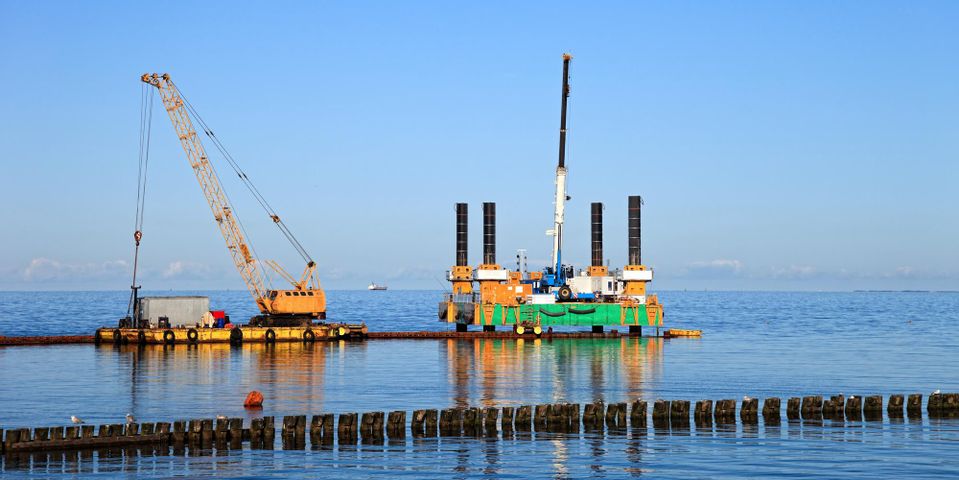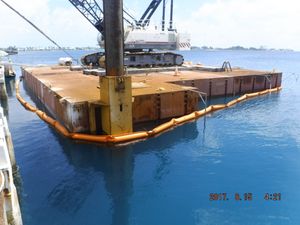The Proper Method for Securing a Crane to a Barge

When securing a crane to a barge, there are a number of steps to ensure it remains adequately secured. As a leader in crane safety, All Ship & Cargo Surveys offers inspections, certifications, and engineering services throughout the Hawaiian Islands. They share the following information to provide insight into the process of securing a crane to a barge for transport.
Common Options for Securing Cranes
While current crane safety laws and standards offer four separate options for securing cranes to barges, two methods are used most often. The first is known as physical attachment, which involves attaching the crane car-body to the deck of the barge. They can also be chained or secured with a cross-cable system.
Corralling is another common method for attaching a crane to a barge. Much like the name implies, a barricade or a fence of lumber keeps the crane in a desirable position and prevents it from shifting. It’s up to the crane rigging crew to ensure there is no movement or shifting of the equipment, no matter what securing method is used.
Movement of an inadequately secured crane on a barge can be catastrophic, which is why prevention of shifting is a top concern. Every land crane mounted on a barge must follow the standards set out by the U.S. Department of Labor in the OSHA Regulations 29 CFR Part 1926. The standard, ASME B30.8, states that, “Cranes shall be blocked and secured to prevent shifting.” Additionally, the Engineering Manual used by the Army Corps of Engineers (EM 385-1-1) states that cranes must be secured to the barge with tie-downs capable of resisting lateral loads and movement.
From engineering to crane inspection, All Ship & Cargo Surveys will lend their professional assistance to even the toughest jobs. Learn more about their highly affordable rates by visiting them online today. You can also call (808) 247-9109 to work with these crane safety experts on the Hawaiian Islands.
About the Business
Have a question? Ask the experts!
Send your question

